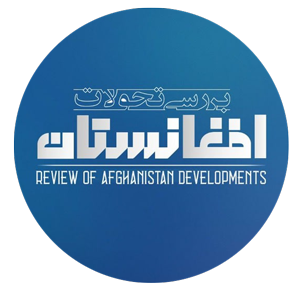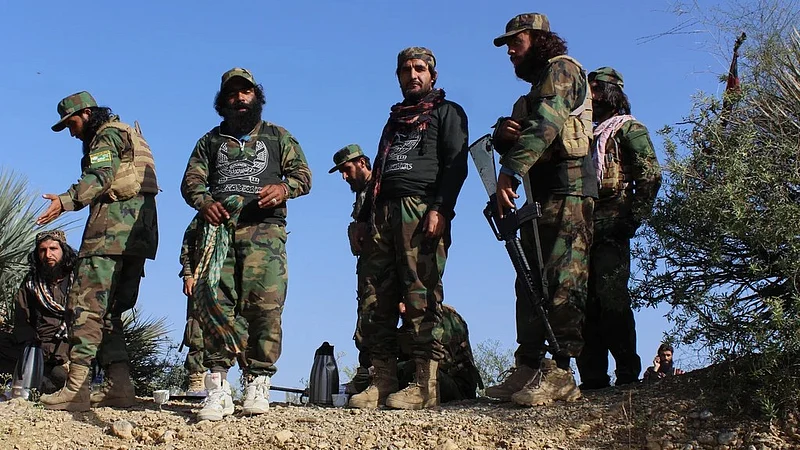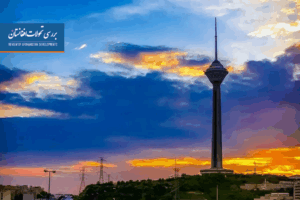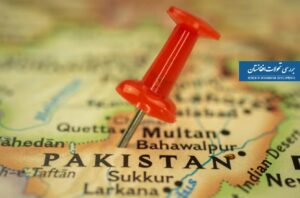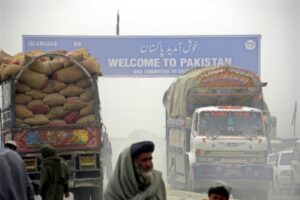Review of Afghanistan developments
The historical, territorial, and ideological roots underpin the tension between Afghanistan and Pakistan. Although Pakistan has provided unwavering support to the Taliban movement for the last twenty years, the current relations between Islamabad and the Taliban government are experiencing an unprecedented degree of tension, with mediation efforts by Qatar and Turkey failing to produce any meaningful outcomes.
Over the past fifty years, the structural conflicts between Afghanistan and Pakistan have consistently favored Pakistan. Furthermore, Pakistan’s backing of domestic opposition factions has led to the disintegration of Afghan political systems. This raises the question: what will the future hold for military and political tensions between Afghanistan and Pakistan under the new conditions? This article explores this matter.
Pakistan and the Taliban: Evolving from Tactical Engagement to Strategic tension
Following the Taliban government’s resurgence, which was contrary to Islamabad’s hopeful anticipations, the Taliban administration swiftly embraced a foreign policy and regional stance that is both independent and impartial.
As the Tehreek-e-Taliban Pakistan (TTP) has become more active, Islamabad has accused the Taliban government of harboring and supporting TTP forces. This accusation has resulted in the onset and intensification of political and subsequently military tensions between the two neighboring nations, which is now regarded as a significant impediment to the negotiation process between them.
Pakistan has now officially stated that the primary condition for the success of the negotiations is the Taliban government’s commitment to “ensuring the security of Islamabad.” This requirement clearly alludes to the necessity for the Taliban to assist in either containing or eliminating the TTP, with direct involvement from Pakistan. However, the Taliban government appears either incapable of meeting this demand or, due to considerations of political foresight and the desire to retain the upper hand in strategic activism, is reluctant to execute it in the manner desired by Islamabad.
The landscape of tension
It appears that, in the near future, the degree of tension between Afghanistan and Pakistan is unlikely to escalate beyond the present circumstances, and the approach of both dialogue and confrontation will persist concurrently. Pakistan will keep a close watch on the internal, regional, and international dynamics surrounding the Taliban government, ensuring that a third intervening party can engage in the developments in Afghanistan and gain advantages as a strategic ally. This situation arises from the fact that Pakistan has historically been unable to instigate the political downfall of the central government in Afghanistan independently; rather, this has always occurred with the assistance of a third party.
Variables determining the tension between Afghanistan and Pakistan
1. The Taliban government’s military capability and internal cohesion
The Taliban government currently possesses total authority over the geographical expanse of Afghanistan and stands as the sole legitimate military entity tasked with maintaining public safety and safeguarding the nation’s territorial integrity. The Taliban’s absolute dominion over the country’s land, its efforts to suppress the ISIS organization, and its ability to thwart the emergence and operations of armed opposition groups, demonstrate the significant military and security capabilities of this government. This achievement is closely linked to the solidarity and unity among the various factions within the Taliban.
Observing the perspectives of various Taliban factions following the onset of the conflict between Afghanistan and Pakistan indicates that there is not a hint of discord; rather, the conflict has obliterated minor distinctions and fostered unity among the Taliban. Sirajuddin Haqqani’s recent address demonstrated that his opinions align completely with the framework and leadership of the government, and the speculations that have emerged are merely unfounded rumors, as has been the case previously.
Should this cohesion persist, the tension between Afghanistan and Pakistan is improbable to alter the circumstances. This is particularly true given that Afghan public sentiment opposes Pakistan’s policies. If the Taliban government experiences internal strife due to a strategic miscalculation, the situation may shift in favor of Pakistan.
2. The intensity and continuity of Pakistani airstrikes
The characteristics of warfare in the contemporary period have evolved in comparison to earlier times, leading to a transformation in the defense strategies employed by countries. The introduction of drones and advanced weaponry plays a crucial role in the conventional conflicts of today. Despite the extensive land border between Afghanistan and Pakistan, should a direct confrontation arise, the primary objective in the initial phases will not be territorial acquisition. Initially, the conflict will be conducted through proxy means, followed by aerial engagements, particularly utilizing drones.
The military capabilities of the Taliban government in air and drone warfare are not on par with those of Pakistan. Consequently, should Pakistan initiate ongoing and unyielding airstrikes, the military and political legitimacy of the Taliban government will come into question. This scenario could serve as a crucial factor in future developments. The enhancement and fortification of air defense systems during the prior Afghan administration did not garner adequate attention from its backers, leaving a strategic vulnerability against threats from Pakistan. If the Taliban government fails to address this deficiency, the ongoing tensions with Pakistan will significantly heighten Afghanistan’s susceptibility.
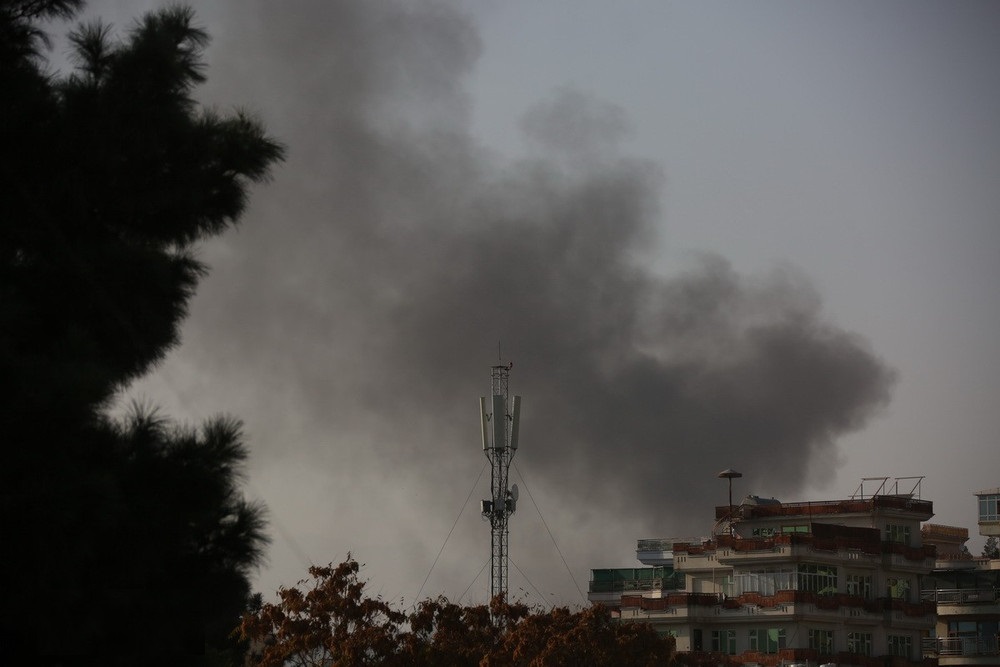
3. Conduct of local and global participants
For half a century, the ongoing tension between Afghanistan and Pakistan has demonstrated that these conflicts have consistently resulted in the disintegration of political systems in Afghanistan. Nevertheless, Pakistan has never managed to accomplish this objective independently. Historically, Islamabad’s achievements have typically stemmed from collaboration with specific regional players, the utilization of proxy groups, and partnerships with a significant global power.
The historical events leading from the decline of the People’s Democratic System to the disintegration of the former republican system illustrate this pattern effectively. Nevertheless, the present circumstances of both the world and the region have significantly transformed compared to the past. Afghanistan and Pakistan, too, no longer experience those earlier conditions and situations.
At present, neighboring countries, owing to their security and economic interconnections, regard stability in Afghanistan as a top priority and view any instability within the nation as a catalyst for the proliferation of insecurity across the region. Key regional powers, including Russia, China, India, and Iran, oppose Pakistan’s strategy of undermining Afghanistan’s stability. While these nations stress the necessity for reforms in the governance framework, they advocate for the preservation of relative stability and the sustenance of the current order in Afghanistan.
In the meantime, factions that oppose the Taliban regime have lost the confidence they previously held in Pakistan, while significant global powers have taken a pragmatic and controlled stance towards the Taliban government. These changes have altered the longstanding dynamics between Afghanistan and Pakistan, making it unlikely for past patterns to recur.
4. The Role of Proxy Groups
Should Pakistan escalate its airstrikes in Afghanistan, as indicated by certain Taliban officials, they will face significant challenges. The Taliban administration is likely to initially employ Pakistan’s long-standing strategy against its own territory: providing support and funding to the Tehreek-e-Taliban Pakistan (TTP) and Baloch opposition factions. It is possible that this initial action could be sufficient to subdue Pakistan.
Related Articles
The behavioral analysis of Pakistan in the Istanbul Talks
Pakistan’s airstrike on Kabul: A strategic mistake
Conclusion
The short-term perspective for Afghanistan-Pakistan relations is expected to stay on a trajectory of managed tension, as the issues between the two nations are improbable to be settled through just a few negotiation sessions. Ongoing minor conflicts between Afghanistan and Pakistan are anticipated to persist, with both countries aiming to prevent an escalation of hostilities. Each side is aware of the other’s vulnerabilities and strengths, which will lead them to steer clear of extremism.
